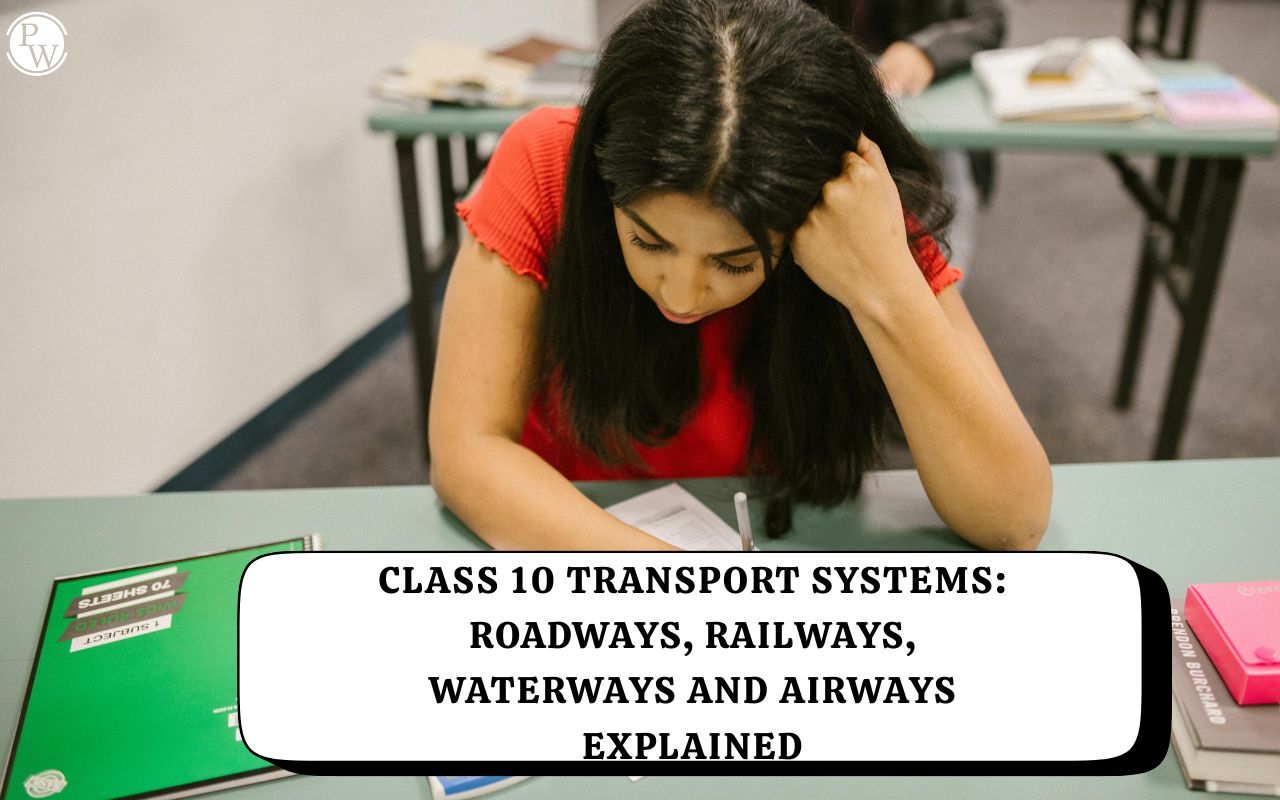

Introduction to Potential Energy of a Spring Formula
Potential Energy of a Spring Formula: The potential energy of a spring is a fundamental concept in physics with widespread applications in science, engineering, and everyday life. In this article, we will explore the physics behind the potential energy of a spring formula, covering its derivation, components, applications, and significance. By the end of this article, you will have a comprehensive understanding of how potential energy is stored in a spring and how this knowledge can be applied to solve real-world problems.Elastic potential energy is a form of potential energy associated with the deformation of elastic objects, like springs. It's important because it helps us understand how energy can be stored in springs and other elastic materials. This knowledge is crucial in designing various mechanical systems and devices, from vehicles to energy storage solutions.Basics of Potential Energy
What is Potential Energy?
Potential energy is the energy an object possesses due to its position or configuration relative to other objects. It comes in various forms, such as gravitational potential energy, elastic potential energy, and electric potential energy, and is measured in joules (J).The Nature of Potential Energy
Potential energy is a scalar quantity, meaning it has magnitude but no direction. It represents energy stored within a system and is not dependent on the object's motion.Also Check - Charge Density Formula
Types of Potential Energy
We'll focus on elastic potential energy but briefly mention other types: - Gravitational Potential Energy: Associated with an object's height in a gravitational field - Electric Potential Energy: Related to electric charges and electric field configurations. - Chemical Potential Energy: Associated with energy stored in chemical bonds.Elastic Potential Energy In Potential Energy of a Spring Formula
What is Elastic Potential Energy?
Elastic potential energy is linked to the deformation of elastic objects, like springs. When a spring is stretched or compressed, it stores potential energy, which is released when the spring returns to its original shape.Hooke's Law
Hooke's Law describes spring behavior: F = -kx, where F is force, k is the spring constant, and x is displacement.Deriving the Formula
To find the potential energy stored in a spring, we integrate the force with respect to displacement, deriving PE=1/2(kx 2 )Components of the Formula
- PE: Elastic potential energy (J). - k: Spring constant (N/m). - x: Displacement from equilibrium (m).Also Check - Heat Index Formula
Applications of Potential Energy of a Spring Formula
Springs in Mechanical Systems
Elastic potential energy is vital in mechanical systems: - Vehicles use springs for suspension. - Watches and clocks store energy using springs. - Trampolines use stretched springs for propulsion. - Firearms employ springs in firing mechanisms.Energy Storage and Conversion
Elastic potential energy is relevant to energy storage and conversion: - Batteries use elastic materials to store energy. - Wind-up toys convert stored potential energy to kinetic energy. - Compressed air energy storage systems use springs for energy storage.Engineering and Design
Engineers use elastic potential energy principles for design: - Bridge design considers spring-like behavior. - Earthquake-resistant buildings use elastic materials. - Aerospace applications use springs to dampen vibrations.Significance of the Potential Energy of a Spring Formula
Predicting Spring Behavior
The formula predicts how springs behave under different conditions, aiding in design and safety.Energy Conservation
Elastic potential energy aligns with energy conservation principles, allowing efficient energy conversion.Safety and Reliability
Understanding potential energy helps ensure the safety and reliability of mechanical systems.Also Check - Drag Force Formula
Real-World Problem Solving Of Potential Energy of a Spring Formula
Let's apply the formula to a problem:
Problem: A spring with \(k = 500\) N/m is compressed by \(x = 0.1\) m. Calculate the elastic potential energy.Solution:
Use PE=1/2(kx 2 ) PE = -1/2(500)(0.1) = -0.025j Elastic potential energy is fundamental in physics and engineering, impacting diverse applications. The formula PE=1/2(kx 2 ) helps predict spring behavior, conserve energy, ensure safety, and solve real-world problems. This knowledge empowers engineers and scientists in designing efficient systems and advancing technology.Potential Energy of a Spring Formula FAQs
What is elastic potential energy, and why is it important?
Elastic potential energy is a form of potential energy associated with the deformation of elastic objects, like springs. It's important because it helps us understand how energy can be stored in springs and other elastic materials. This knowledge is crucial in designing various mechanical systems and devices, from vehicles to energy storage solutions.
Can elastic potential energy be negative, and what does it signify?
Yes, elastic potential energy can be negative. The negative sign in the formula indicates that the potential energy is stored in the spring in the opposite direction of the applied force. It signifies that the spring is under compression, and work has been done on the spring to compress it. When the spring is released, this negative potential energy is converted back into kinetic energy or other forms of energy.
What are some real-world examples of elastic potential energy in action?
Elastic potential energy is present in various everyday applications. Some examples include:
- Springs in vehicles, like car suspensions.
- Wind-up toys that use wound springs to store energy.
- Trampolines that use stretched springs to propel users.
- Elastic bands in slingshots and catapults.
How can engineers and designers use the elastic potential energy formula in their work?
Engineers and designers use the formula to predict how springs will behave under different conditions. By knowing the spring constant (k) and the displacement (x),
🔥 Trending Blogs
Talk to a counsellorHave doubts? Our support team will be happy to assist you!

Free Learning Resources
PW Books
Notes (Class 10-12)
PW Study Materials
Notes (Class 6-9)
Ncert Solutions
Govt Exams
Class 6th to 12th Online Courses
Govt Job Exams Courses
UPSC Coaching
Defence Exam Coaching
Gate Exam Coaching
Other Exams
Know about Physics Wallah
Physics Wallah is an Indian edtech platform that provides accessible & comprehensive learning experiences to students from Class 6th to postgraduate level. We also provide extensive NCERT solutions, sample paper, NEET, JEE Mains, BITSAT previous year papers & more such resources to students. Physics Wallah also caters to over 3.5 million registered students and over 78 lakh+ Youtube subscribers with 4.8 rating on its app.
We Stand Out because
We provide students with intensive courses with India’s qualified & experienced faculties & mentors. PW strives to make the learning experience comprehensive and accessible for students of all sections of society. We believe in empowering every single student who couldn't dream of a good career in engineering and medical field earlier.
Our Key Focus Areas
Physics Wallah's main focus is to make the learning experience as economical as possible for all students. With our affordable courses like Lakshya, Udaan and Arjuna and many others, we have been able to provide a platform for lakhs of aspirants. From providing Chemistry, Maths, Physics formula to giving e-books of eminent authors like RD Sharma, RS Aggarwal and Lakhmir Singh, PW focuses on every single student's need for preparation.
What Makes Us Different
Physics Wallah strives to develop a comprehensive pedagogical structure for students, where they get a state-of-the-art learning experience with study material and resources. Apart from catering students preparing for JEE Mains and NEET, PW also provides study material for each state board like Uttar Pradesh, Bihar, and others
Copyright © 2025 Physicswallah Limited All rights reserved.
Get App











